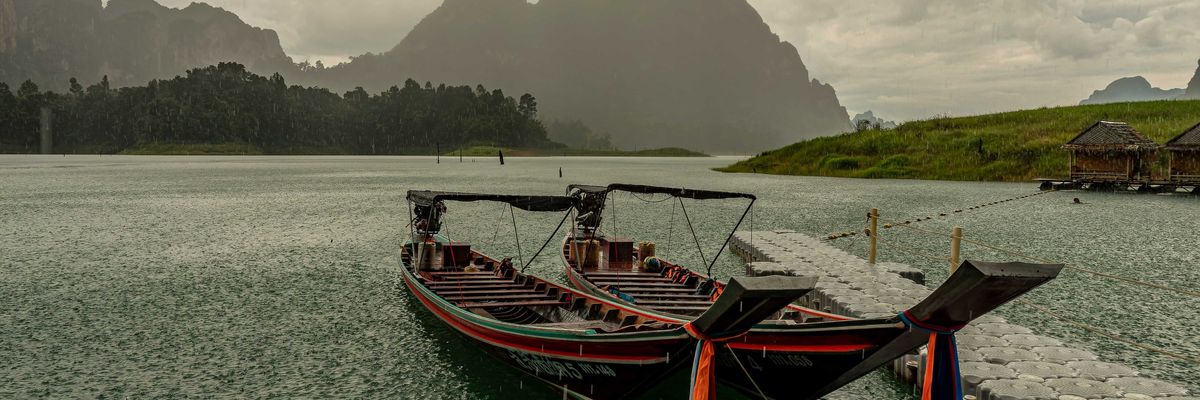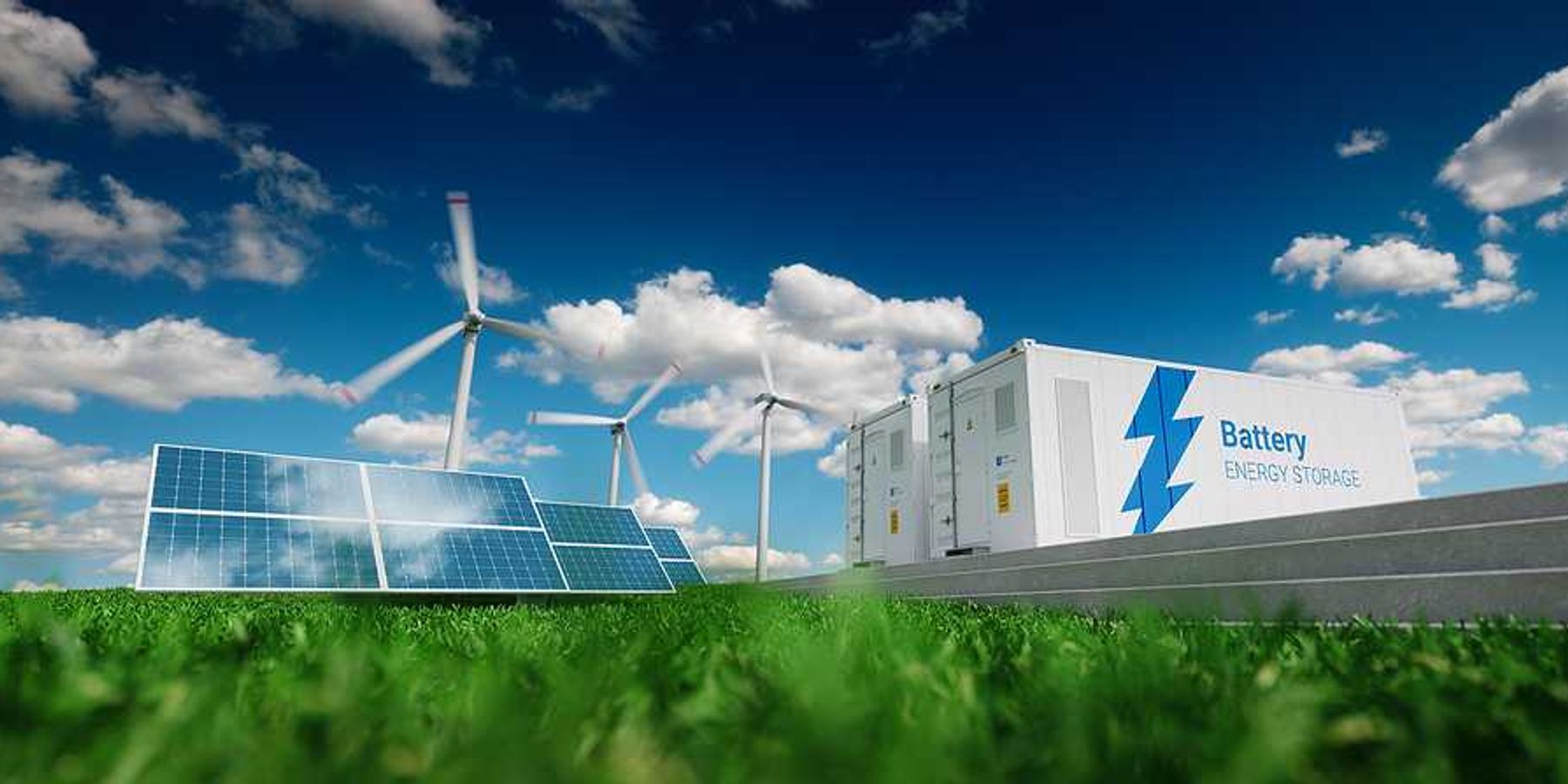melting
Glaciers in the Andes are shrinking to record lows
Tropical glaciers in the Andes are smaller than they have been in more than 11,000 years, raising concerns about water supply and climate change impacts in the region.
In short:
- Research on glaciers in the Andes shows they are now smaller than at any time in the last 11,700 years, according to a new study.
- Scientists studied beryllium-10 and carbon-14 in bedrock, revealing that these glaciers are shrinking faster than expected and are now at unprecedented lows.
- The shrinking glaciers threaten water supplies for millions in South America and act as indicators of climate change.
Key quote:
“It’s a sad milestone to hit for these glaciers.”
— Emilio Mateo, researcher at the Aspen Global Change Institute
Why this matters:
Shrinking glaciers threaten water resources crucial for agriculture and human consumption in South America. The situation highlights the need to address climate change impacts on vulnerable ecosystems and communities worldwide.
Related EHN coverage:
Greenland's ice-free past raises concerns about sea level rise
New fossils found in Greenland suggest the continent was nearly ice-free in the past, sparking concerns about future ice loss and rising sea levels.
In short:
- Researchers from the University of Vermont discovered ancient plant and insect fossils in ice core samples from Greenland, indicating that the continent was largely ice-free within the last 1.1 million years.
- The findings suggest that Greenland's ice sheet, which contains enough water to raise sea levels by 23 feet, could melt more easily than previously thought, as current CO2 levels are at a historical high.
- Experts urge immediate action to reduce greenhouse gas emissions, warning that melting the Greenland ice sheet would be irreversible.
Key quote:
"Most likely, we’re creating a world where these ice sheets are going to melt.”
— Tyler Jones, glaciology researcher at the University of Colorado
Why this matters:
If Greenland's ice melts, global sea levels could rise significantly, threatening coastal communities worldwide. Understanding Greenland's past climate conditions helps scientists predict future changes and highlights the urgency of climate action to mitigate these impacts.
Glacier melt accelerates as wildfires deposit soot and ash in Alberta
Wildfire soot and ash are accelerating the melting of Alberta's Athabasca Glacier by darkening its surface, leading it to absorb more heat, according to scientists.
In short:
- Wildfires near Jasper National Park have released soot and ash onto the Athabasca Glacier, darkening it and causing it to absorb more solar radiation, which speeds up its melting.
- The glacier, which lost a record nine meters last year, is melting faster than normal, threatening the water supply for the Athabasca River and impacting hydroelectric power generation.
- Research shows that soot, ash and algae blooms are major factors in glacier darkening, exacerbating the effects of climate change and increasing glacier melt rates.
Key quote:
"It puts these glaciers in a very perilous position yet again."
— John Pomeroy, hydrologist at the University of Saskatchewan
Why this matters:
The accelerated melting of glaciers not only threatens the regional water supply but also disrupts ecosystems and power generation dependent on glacier-fed rivers. As wildfires increase due to climate change, these issues are expected to worsen, highlighting the urgent need for climate action and adaptation strategies.
New study reveals Arctic sea ice complicates shipping routes
Melting sea ice in the Canadian Arctic is paradoxically making shipping routes more hazardous due to the movement of centuries-old thick ice, according to recent research.
In short:
- Melting thinner ice is releasing thick, old ice, creating choke points in the Northwest Passage.
- The study, reflecting actual ship traffic from 2007-2021, shows increased risk on key routes, despite longer shipping seasons in some areas.
- Local coastal communities face increased food and supply costs due to shortened shipping seasons and reliance on costly airlifts.
Key quote:
"It's true that the Arctic sea ice in general is showing significant retreat and melting, and will continue to do so, but our new study shows that it's not a simple story."
— Alison Cook, Scottish Association for Marine Science
Why this matters:
Thick ice obstructing Arctic shipping routes poses economic and logistical challenges for coastal communities, increasing their dependence on expensive airlifts. Additionally, this complicates future plans for using the Northwest Passage as a reliable trade route, affecting global shipping logistics.
Venezuela's last glacier disappears, marking an environmental milestone
Venezuela has lost its final glacier, La Corona, making it the first country in the Andes without any glaciers, amid rising concerns over global warming effects.
Ana Vanessa Herrero and Matthew Hay Brown report for The Washington Post.
In short:
- La Corona's size shrank dramatically from more than 1,100 acres to less than five, leading scientists to declare its end as a glacier.
- Despite government attempts to preserve it using geothermal covers, experts deemed such interventions unfeasible and potentially harmful.
- The loss marks a significant shift in Venezuela's ecological and cultural landscape, previously home to multiple glaciers.
Key quote:
"Our tropical glaciers are disappearing quickly since the Seventies. Now people are feeling the absence."
— Alejandra Melfo, astrophysicist at the University of the Andes
Why this matters:
The loss of La Corona extends beyond symbolic significance; it is sounding a dire alarm for both ecological balance and water resource management. Glaciers, often referred to as nature’s reservoirs, slowly release water into rivers and lakes, supporting both human activities and the natural ecosystems throughout the year. Their disappearance can lead to water shortages that affect millions, complicating efforts to grow crops, generate hydroelectric power, and maintain natural habitats.
Antarctica's ice melt poses a rising threat as research funding dwindles
A recent study highlights the accelerated melting of Antarctica's Thwaites Glacier, signaling a dire need for action against sea level rise.
In short:
- Researchers have found that the Thwaites Glacier has been melting since the mid-1940s, with current rates of ice flow doubling in the last 30 years.
- This melting contributes significantly to global sea level rise, with Antarctica losing an average of 150 billion metric tons of ice per year.
- Despite the urgency, funding for further research is dwindling, threatening our ability to monitor and respond to these changes.
Key quote:
"It really brings home the scale of the problem of sea level rise. When you think about populations in New Orleans, in Bangladesh, and along coastlines all around the world, this is where the threat really lies.”
— James Kirkham, ice researcher
Why this matters:
The implications of Antarctica's ice melt are not limited to the rise in sea levels. Changes in freshwater distribution can affect ocean currents and weather patterns, leading to more extreme weather events globally, impacting food security, water supply, and health, particularly in more vulnerable communities.
People are flocking to see melting glaciers before they're gone—bringing both benefit and harm.
Antarctic ice shrinks to historic lows for third consecutive year
Antarctica's sea ice coverage has plummeted to unprecedented levels, marking a concerning trend in climate change.
In short:
- For the third consecutive year, Antarctic sea ice has fallen below 2 million square kilometers, a threshold not seen since satellite tracking began in 1979.
- This decline is seen as evidence of a significant shift in the region's climate, with scientists citing an "abrupt critical transition" in sea ice behavior.
- The changes in sea ice extent could have far-reaching impacts on Antarctica's ecosystem and global sea levels.
Key quote:
"But we’re confident the three lowest years on record will be the last three years,"
— Will Hobbs, sea ice scientist, University of Tasmania
Why this matters:
The continuous decline of Antarctic sea ice is an indicator of accelerating climate change, impacting global sea levels and ecosystems. This trend underscores the urgent need for enhanced climate research and policy action, particularly concerning our planet's most sensitive and vital regions.
The eastern Antarctic Wilkes Basin ice sheet seems to have receded during a warming event about 400,000 years ago—such a loss could add an additional 13 feet to sea level rise in the future.









